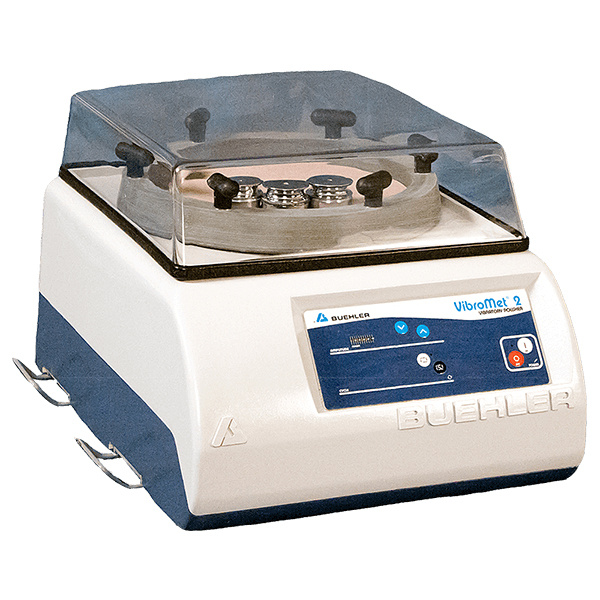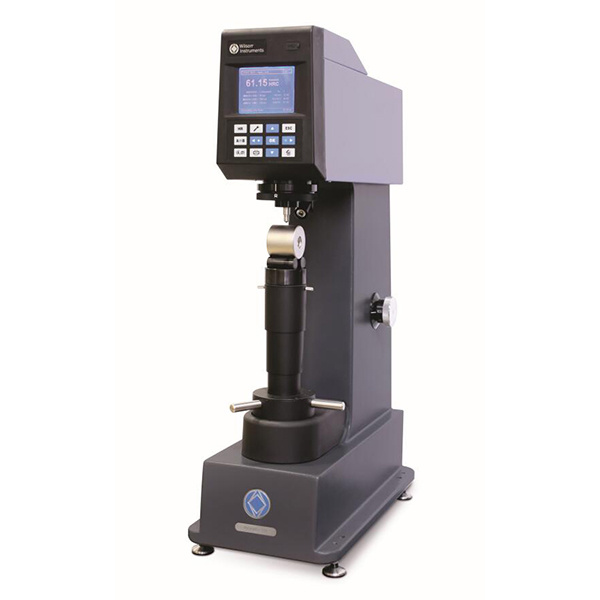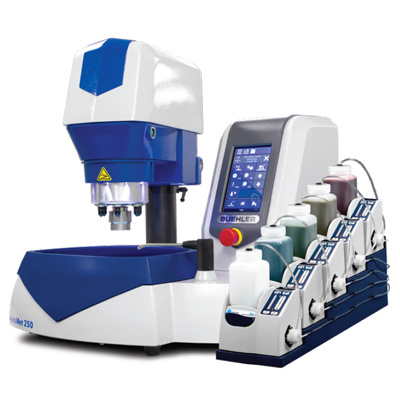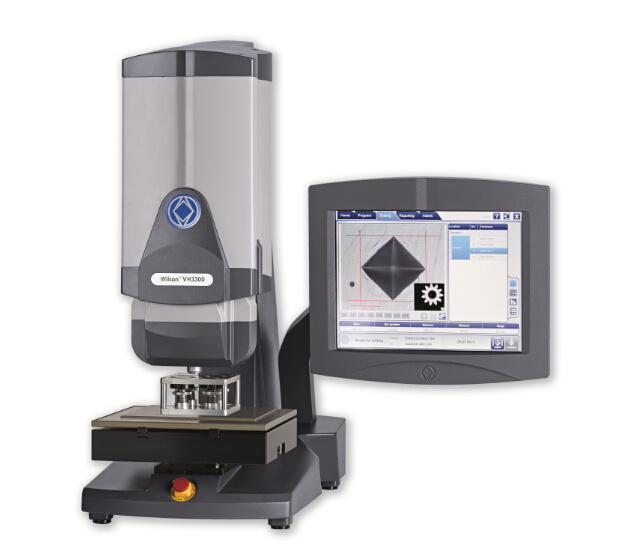搜全站
搜展位
电子元器件的切割和镶嵌-失效分析
2007-01-19 14:11
浏览:1378次
分享:资料摘要:
Microelectronics, Part I: Cutting, Mounting Written by:
Scott Holt,Applications Engineer,Buehler
Editor:George Vander VoortDirector, Research and Technology,
Buehler Introduction For most microelectronic devices and packages,
direct microscopic observation of a cross section is an important means of inspecting a particular defect. The creation of a cross section, as a destructive measure, is often used in the microelectronics lab as a decisive and final inspection tool after all other economical means of nondestructive
inspection are employed.
In order to produce a cross section, many of
the techniques used in the metals industry
have been borrowed; to a large degree, with
success. However, the philosophy and logic
for choosing a particular method of cutting,
mounting, and abrasive preparation has often
been lost in the process. This is of
extreme significance because the needs of
the microelectronics industry vary greatly
from those of the metals industry. Issues such
as feature size, specific area cross sectioning,
and the ability to prepare a variety of
materials with different mechanical properties
within a single plane of polish require
an understanding of basic abrasive processes
so that appropriate sectioning
methods might be developed.
This issue of TECH-NOTES is the first half of
a two part effort to summarize some of the
basic concepts involved in proper preparation
of microelectronic materials. We will
discuss some simple guidelines which the
microelectronic materials analyst might draw
upon in the development of better preparation
techniques. In particular, this issue will
cover the variables involved in cutting and
mounting of microelectronic materials, and
summarize some of the technique and consumable
choices that must be considered
in order to achieve quality results. The next
microelectronics issue of TECH-NOTES will
continue with the abrasive processes of
grinding and polishing these materials.
下载本篇资料:
资料文件名:
资料大小
下载
相关资料
AbrasiMet L Pro 专为严苛环境下的应用而设计,可选配 10in-16in 切割片,支持灵活的切割模式并且可以创建并保存切割程序,通过先进的方式为不同类型的试样提供一致且可重复的切割质量。
AbrasiMatic 300 是专为高工作强度实验室而设计的砂轮切割机。 作为台式切割机, 它具备 Z 轴手动、 Y 轴手动及自动等切割模式, 同时可选的 X 轴平台移动功能可轻松实现定位及序列切割。 AbrasiMatic 300 可灵活用于切割大多数材料、 尺寸和形状的样品。
IsoMet® Low Speed 是一款低速精密切割机, 专门用于切割多种材料, 并保证产生的变形最小。 其具有切割材料损耗小及可夹持不同大小形状试样的特点, 几乎适用于所有实验室材料, 包括脆韧性金属、 复合材料、 水泥、 塑料、 薄片、 电子和生物材料。
PetroThin®薄切片系统是一套精确且易于使用的设备,用于重新切片和减薄各种不同样品,比如岩石和矿物、陶瓷、混凝土、 骨头和牙齿,以实现材料的表征。
推荐产品
供应产品








